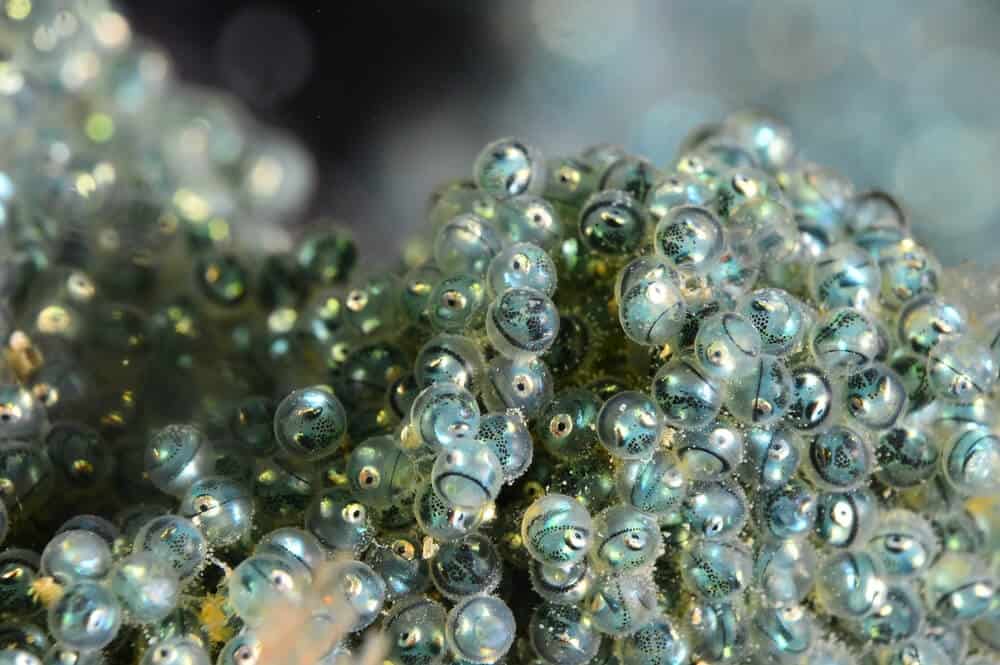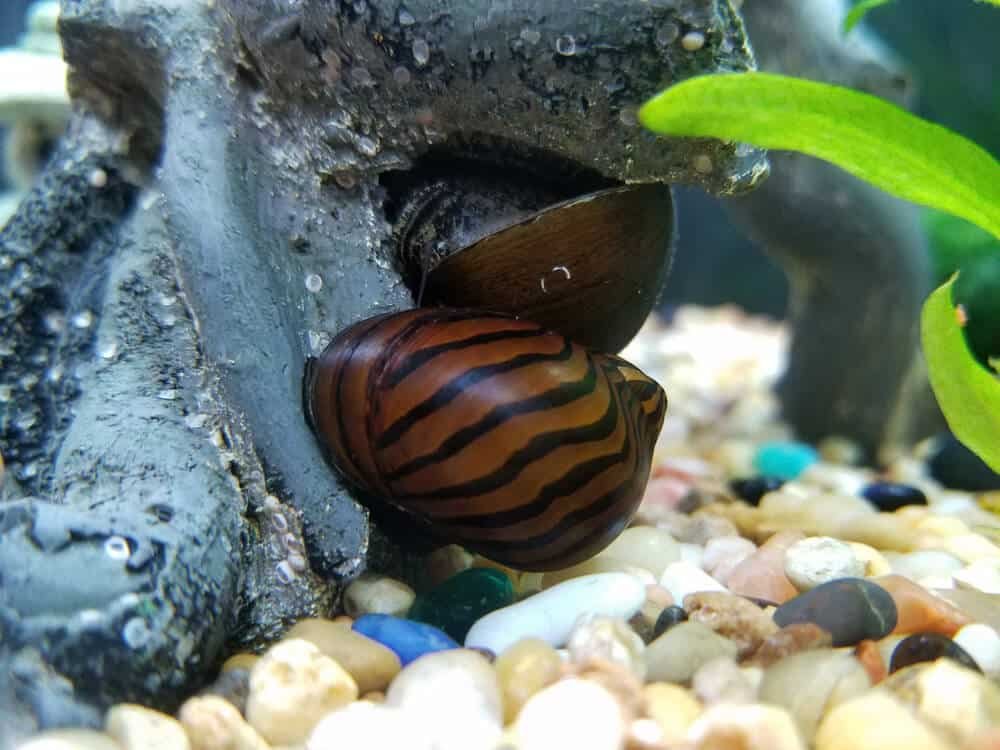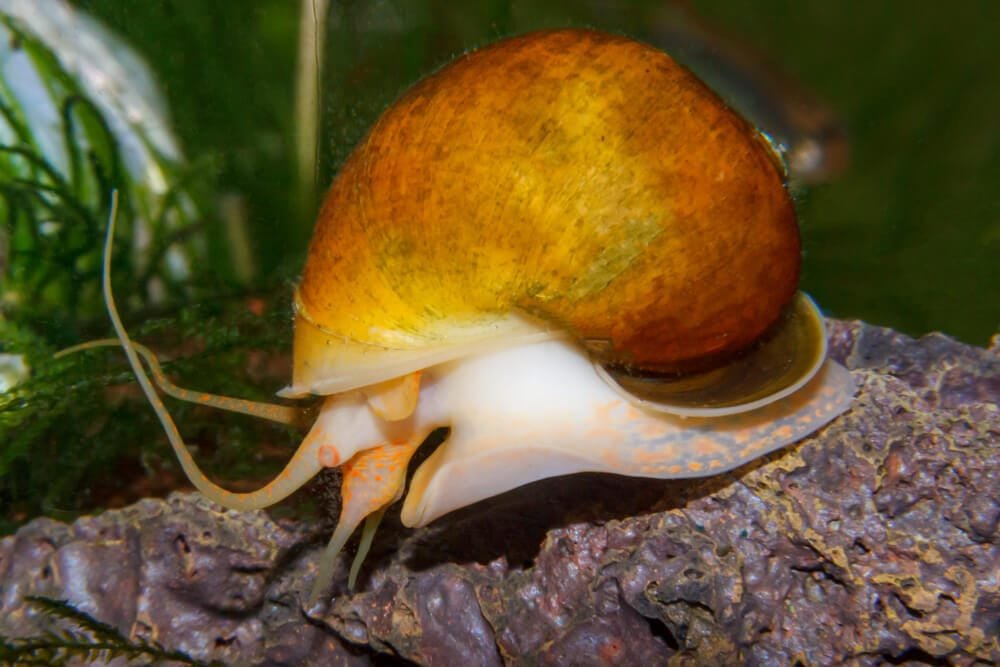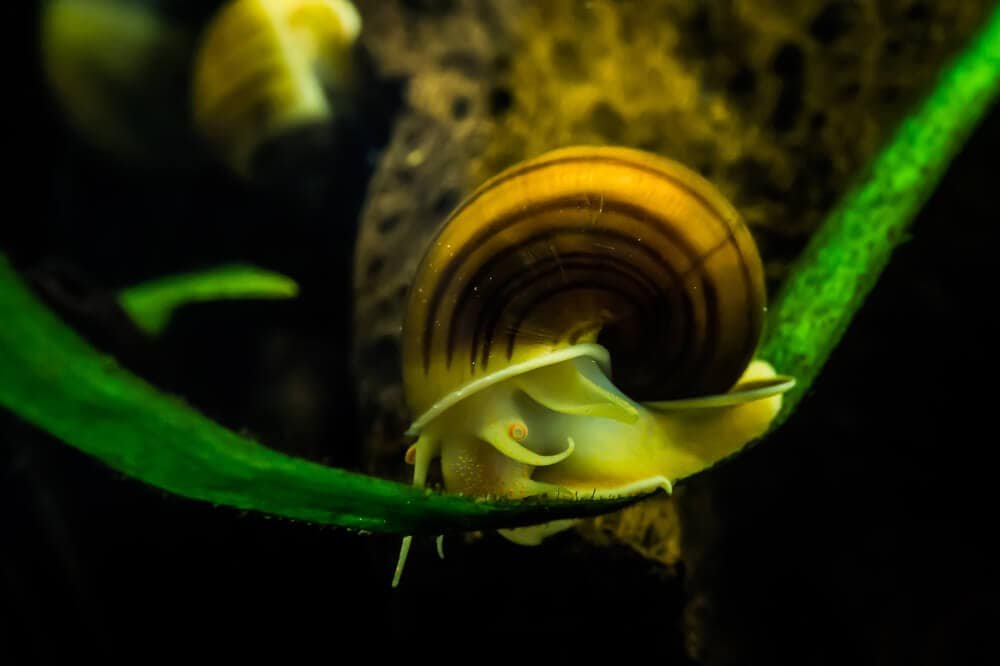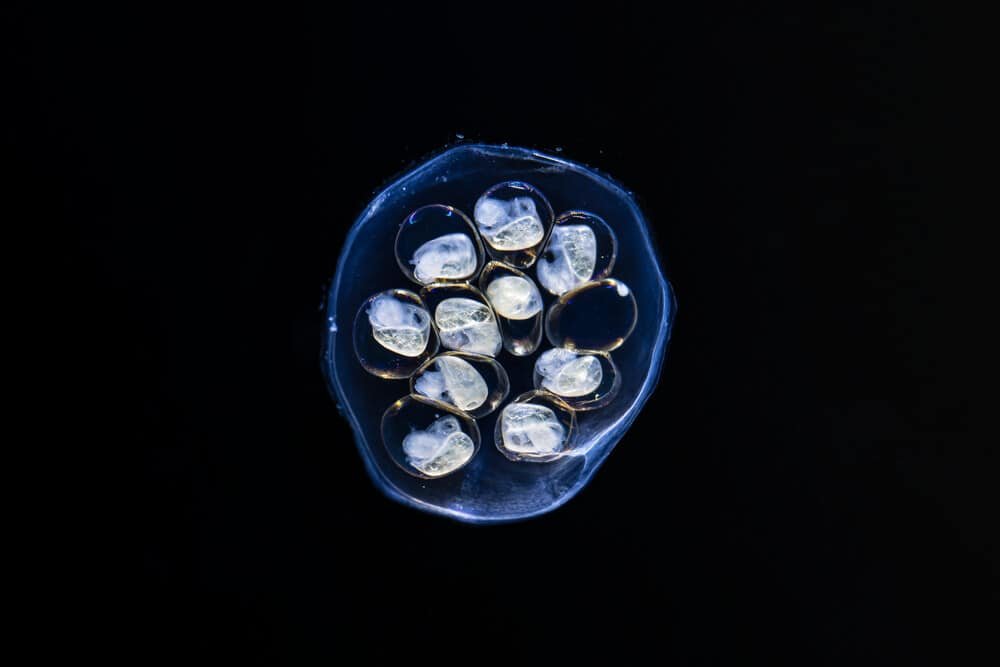Toxicity of Apple Snail Eggs: A Closer Look at the Risks
Are you aware of the potential risks associated with apple snail eggs? In this article, we will take a closer look at the toxicity of apple snail eggs and the implications it has for both human health and the environment. We will explore the definition of apple snails and their significance, delve into the fascinating process of apple snail reproduction, and provide an overview of the toxicity of their eggs to touch. Additionally, we will discuss the background of apple snails, their invasive nature, and their importance in ecosystems. Join us as we uncover the mechanisms of toxicity, the associated risks, and the health and environmental implications. We will also explore strategies for preventing contact with toxic apple snail eggs and the importance of responsible interaction with these fascinating creatures.
Introduction
Welcome to our comprehensive article on apple snails and their eggs! In this article, we will explore the definition of apple snails, their significance, and delve into the fascinating world of apple snail reproduction. We will also address the toxicity of apple snail eggs and the risks associated with touching them. Throughout this article, we hope to provide you with a friendly and informative perspective on these intriguing creatures and encourage responsible interaction with apple snails and their eggs.
Definition of Apple Snails and Their Significance
Apple snails are a type of freshwater snail belonging to the Ampullariidae family. They are known for their distinctive rounded shells that resemble apples, hence their name. These snails are significant in various ways. Firstly, they play a crucial role in aquatic ecosystems as both herbivores and detritivores, contributing to the nutrient cycling process. Additionally, apple snails are a food source for many animals such as birds, fish, and reptiles, further highlighting their importance in the food chain.
Explanation of Apple Snail Reproduction
Apple snail reproduction is a remarkable process. These snails are dioecious, meaning they have separate male and female individuals. During mating, the male apple snail transfers a spermatophore to the female, which she internalizes for fertilization. After fertilization, the female lays egg masses above the waterline, typically on vegetation or other hard surfaces. These egg masses are gelatinous and contain numerous eggs. The eggs go through a period of development before hatching into juvenile snails.
Overview of the Toxicity of Apple Snail Eggs to Touch
Now, let’s discuss the intriguing aspect of the toxicity of apple snail eggs. While apple snails themselves are not toxic, their eggs pose a risk when touched without proper precautions. The gelatinous material surrounding the eggs contains toxins that can cause skin irritations and allergic reactions in some individuals. It is important to handle apple snail eggs with care to avoid any potential risks.
Background on Apple Snails
To provide you with a better understanding, let’s delve into the background of apple snails. These snails are native to South and Central America. However, due to their adaptability and reproductive capabilities, they have become invasive in many parts of the world. Apple snails have been introduced to various countries through the aquarium trade and accidental releases. Their invasive nature and lack of natural predators in new environments have allowed them to establish robust populations.
Description of Apple Snails
Apple snails typically have round or conical shells with vibrant colors ranging from light brown to dark green. The size of these snails can vary, with some species reaching up to 15 centimeters (6 inches) in diameter. They have a soft body protected by their hard calcium carbonate shell. Apple snails inhabit freshwater environments such as lakes, ponds, and slow-moving rivers. They are commonly found in areas with abundant vegetation, as they feed on plants and detritus.
Their Invasive Nature and Distribution
The invasive nature of apple snails has led to their widespread distribution in many parts of the world. In some areas, such as Southeast Asia and the United States, they have caused significant ecological disruptions. Due to their voracious appetites and ability to reproduce rapidly, apple snails can outcompete native species for resources. This can lead to a decline in biodiversity and alter the balance of ecosystems.
Importance in Ecosystems
Despite being invasive in some regions, apple snails still play an important role in ecosystems. As herbivores, they help control the growth of aquatic plants, preventing excessive overgrowth which can lead to oxygen depletion in the water. Apple snails also serve as a food source for various animals, contributing to the overall biodiversity of freshwater habitats.
Apple Snail Reproduction
As we mentioned earlier, apple snail reproduction is a fascinating process. To provide a more detailed explanation, once mating occurs between male and female apple snails, the female lays egg masses above the waterline. These egg masses are usually found on vegetation or structures near the water. They are held together by a gelatinous substance secreted by the female. Each egg mass contains numerous eggs, which develop over time. These eggs undergo a series of stages, including divisions and growth, before hatching into young snails.
Encouragement for Responsible Interaction with Apple Snails and Their Eggs
Now that we have explored apple snail reproduction and the significance of these creatures, it is important to discuss responsible interaction with apple snails and their eggs. While apple snail eggs may appear intriguing, it is essential to remember their toxicity. To minimize any potential risks, it is advisable to avoid touching the egg masses without proper precautions.
Toxicity of Apple Snail Eggs
Let’s now dive into the toxicity of apple snail eggs and the risks associated with touching them. The gelatinous material surrounding the eggs contains toxins, primarily proteins and enzymes. This toxicity serves as a defense mechanism to deter predators from consuming the eggs. While the toxins are not lethal to humans, they can cause adverse reactions upon contact, especially for individuals with sensitive skin or allergies.
Mechanism of Toxicity
The toxicity of apple snail eggs is due to the presence of proteins and enzymes that can cause irritation and allergic reactions. These proteins and enzymes can trigger an immune response in individuals who come into contact with them, leading to symptoms such as skin redness, itching, and swelling. The exact mechanism through which the toxins cause these reactions is still being studied, but it is believed that they interact with the skin and immune system.
Risks Associated with Touching Apple Snail Eggs
Touching apple snail eggs without precautions can pose several risks. The toxins present in the gelatinous material can cause skin irritations, particularly in individuals with sensitive skin. Allergic reactions may also occur in individuals who are allergic to the proteins and enzymes present in the eggs. Such reactions can range from mild symptoms like itching and redness to more severe symptoms like swelling and difficulty breathing. Additionally, there is a potential risk of infection if the skin is broken or if the toxins enter the body through other means.
Health and Environmental Implications
Now, let’s examine the health and environmental implications associated with the toxicity of apple snail eggs.
Human Health Concerns
When it comes to human health, it is important to exercise caution when handling apple snail eggs. Individuals with sensitive skin or existing allergies may be more susceptible to adverse reactions. It is advisable to avoid direct contact with the gelatinous material and wash hands thoroughly after any unintentional contact.
Allergic Reactions
Allergic reactions can occur in individuals who are allergic to the proteins found in apple snail eggs. Symptoms may include skin rashes, hives, swelling, and difficulty breathing. If you experience any severe or persistent symptoms after contact with apple snail eggs, seek medical attention immediately.
Skin Irritations
Even in individuals who are not allergic, direct contact with the toxins can lead to skin irritations. Common symptoms may include redness, itching, and a burning sensation. These symptoms usually subside within a few hours to a few days, but it is advisable to seek medical advice if the irritations persist or worsen.
Potential for Infection
If the skin is broken or damaged, there is a potential risk of infection when handling apple snail eggs. The toxins present in the gelatinous material can enter the body through the open wound and cause further complications. It is crucial to maintain proper hygiene and clean any wounds immediately to minimize the risk of infection.
Impact on the Environment
While apple snails play significant roles in ecosystems, their invasive nature can have harmful effects on native species and the environment. In areas where apple snails have become established, they can outcompete native snails for resources, reducing biodiversity and changing the natural balance of the ecosystem. This disruption can have far-reaching consequences for other organisms relying on these habitats.
Predators of Apple Snails
Despite their invasive nature, apple snails have natural predators that help control their populations. Birds, reptiles, and fish are known to feed on apple snails. In some cases, these predators have been introduced in attempts to manage the growing populations of apple snails in certain regions.
Disruption of Ecosystems
The invasive spread of apple snails can disrupt ecosystems by altering nutrient cycling, outcompeting native species, and changing the structure of habitats. These disruptions can have cascading effects on other organisms within the ecosystem, potentially leading to imbalances and declines in biodiversity.
Control and Management Strategies
Efforts to control and manage apple snail populations are crucial to mitigate their negative impacts on ecosystems. Integrated pest management approaches that utilize biological and chemical methods have been employed in some areas. Introduction of natural predators, biological control agents, and targeted removal of apple snail egg masses are among the strategies used to manage populations and reduce their spread.
Preventing Contact with Toxic Apple Snail Eggs
To prevent contact with toxic apple snail eggs, it is important to raise public awareness and educate individuals about the risks. People should be informed about the potential toxicity of the eggs and the importance of avoiding direct contact. Taking protective measures, such as wearing gloves or using barriers, can further minimize the risk of exposure. If you come across apple snail egg masses, it is advisable to leave them undisturbed and report the sightings to local authorities for proper management.
Conclusion
In conclusion, apple snails and their eggs are intriguing creatures that contribute to the balance of aquatic ecosystems. While it is fascinating to observe their reproduction process, it is important to approach apple snail eggs with caution due to their toxicity. By understanding the risks associated with apple snail eggs and practicing responsible interaction, we can enjoy these remarkable creatures while safeguarding our health and the environment. Remember to stay informed, take precautions, and report any sightings of apple snail egg masses to ensure effective control and management of these fascinating creatures.
